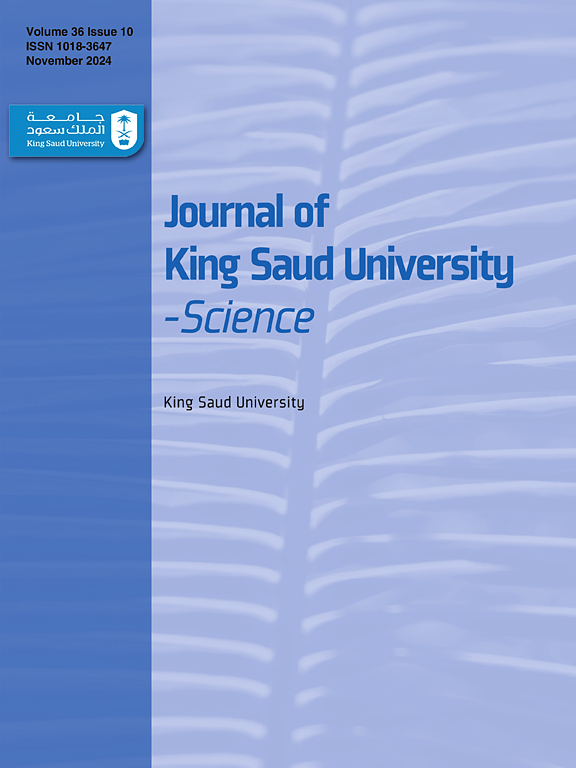Study on the prediction of congenital cardiac abnormalities using various Machine learning models
IF 3.6
3区 综合性期刊
Q1 MULTIDISCIPLINARY SCIENCES
引用次数: 0
Abstract
Introduction
Congenital heart disease (CHD) involves structural heart defects present from birth. Ventricular septal defects (VSDs) are among the most common types. Early diagnosis is important and can be done using fetal echocardiography at 12–14 weeks of gestation. However, detection rates depend on the quality of diagnostic tools and expertise. Machine learning (ML) can enhance detection through various diagnostic modalities, including electrocardiogram (ECG) and ultrasonography (US).
Aim and Objectives
This study aims to improve CHD detection by integrating fetal echocardiography with machine learning techniques.
Method
The study explores methods for detecting CHD using an online dataset, employing preprocessing, feature extraction, and deep learning classification.
Results
There was notable variability in model performance metrics. The Decision Support System for Early Prediction (DSSEP) had the highest sensitivity (80.11%) but a lower positive predictive value (PPV) and specificity compared to the Heart Deep Learning model (CDLM), which showed the highest specificity (88.25%) and PPV (91.31%). The Predictive Analysis of Congenital Heart Defects (PACHD) model had the lowest sensitivity (59.78%) and PPV (56.45%), while the Machine Learning-Based Discharge Prediction (MLBDP) model had the lowest specificity (59.78%) and the highest miss rate (40.22%). These findings highlight the importance of selecting appropriate models based on performance metrics.
Conclusion
The DSSEP model demonstrated higher sensitivity and lower miss rates, making it strong for early detection, whereas the CDLM model offered higher specificity and PPV, reducing false positives.
利用各种机器学习模型预测先天性心脏异常的研究
先天性心脏病(CHD)是一种先天性心脏缺陷。室间隔缺损(VSDs)是最常见的类型之一。早期诊断很重要,可以在妊娠12-14 周使用胎儿超声心动图进行诊断。然而,检出率取决于诊断工具和专业知识的质量。机器学习(ML)可以通过各种诊断方式增强检测,包括心电图(ECG)和超声检查(US)。目的与目的将胎儿超声心动图与机器学习技术相结合,提高冠心病的诊断水平。方法利用在线数据集,通过预处理、特征提取和深度学习分类,探索冠心病的检测方法。结果模型性能指标存在显著的可变性。与心脏深度学习模型(CDLM)相比,DSSEP具有最高的敏感性(80.11%),但阳性预测值(PPV)和特异性较低,CDLM的特异性(88.25%)和PPV(91.31%)最高。先天性心脏缺损预测分析(PACHD)模型灵敏度最低(59.78%),PPV最低(56.45%),而基于机器学习的放电预测(MLBDP)模型特异性最低(59.78%),漏检率最高(40.22%)。这些发现突出了基于性能指标选择合适模型的重要性。结论DSSEP模型具有较高的敏感性和较低的漏检率,具有较强的早期检测能力,而CDLM模型具有较高的特异性和PPV,可减少假阳性。
本文章由计算机程序翻译,如有差异,请以英文原文为准。
求助全文
约1分钟内获得全文
求助全文
来源期刊

Journal of King Saud University - Science
Multidisciplinary-Multidisciplinary
CiteScore
7.20
自引率
2.60%
发文量
642
审稿时长
49 days
期刊介绍:
Journal of King Saud University – Science is an official refereed publication of King Saud University and the publishing services is provided by Elsevier. It publishes peer-reviewed research articles in the fields of physics, astronomy, mathematics, statistics, chemistry, biochemistry, earth sciences, life and environmental sciences on the basis of scientific originality and interdisciplinary interest. It is devoted primarily to research papers but short communications, reviews and book reviews are also included. The editorial board and associated editors, composed of prominent scientists from around the world, are representative of the disciplines covered by the journal.
 求助内容:
求助内容: 应助结果提醒方式:
应助结果提醒方式:


